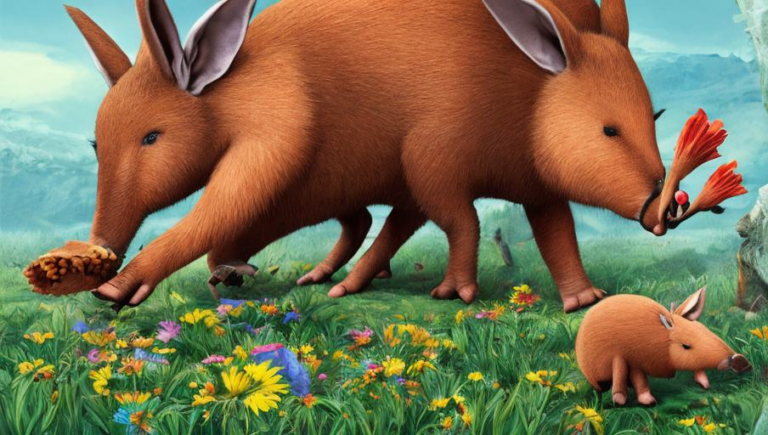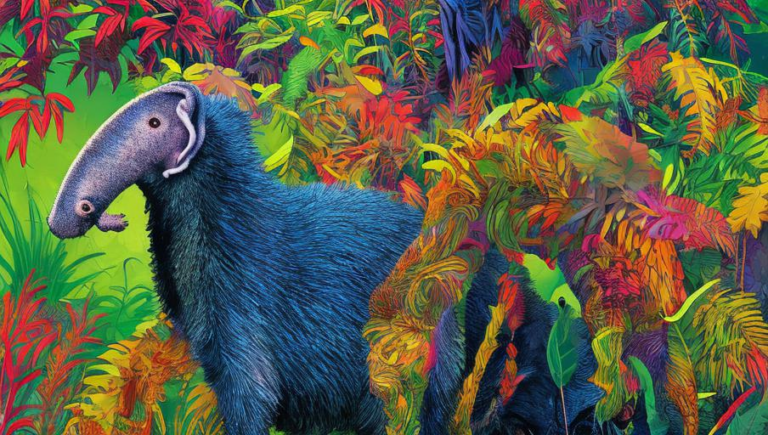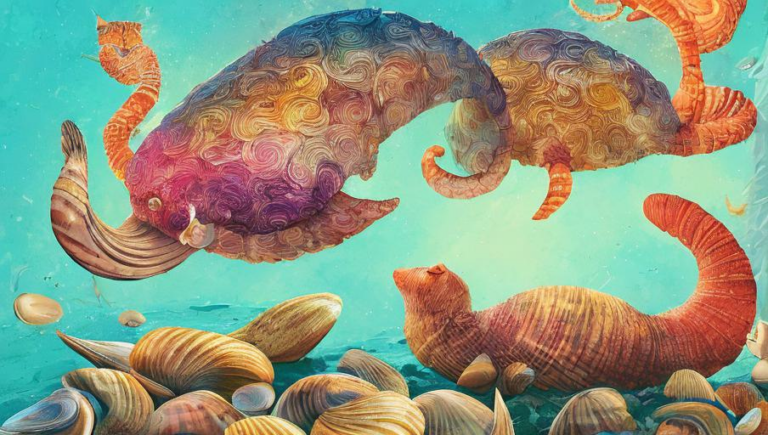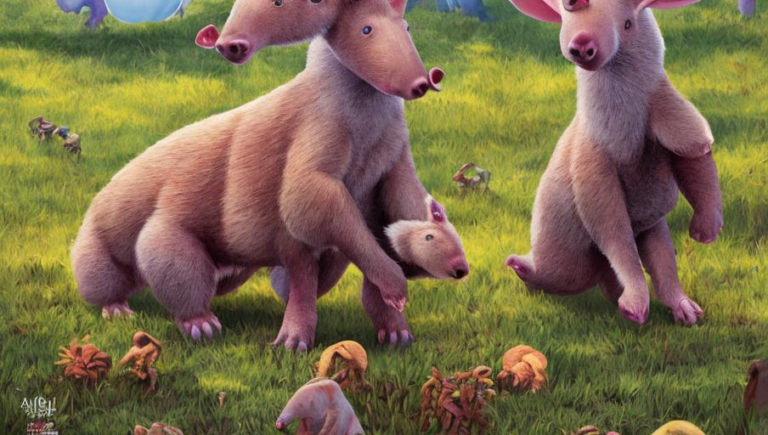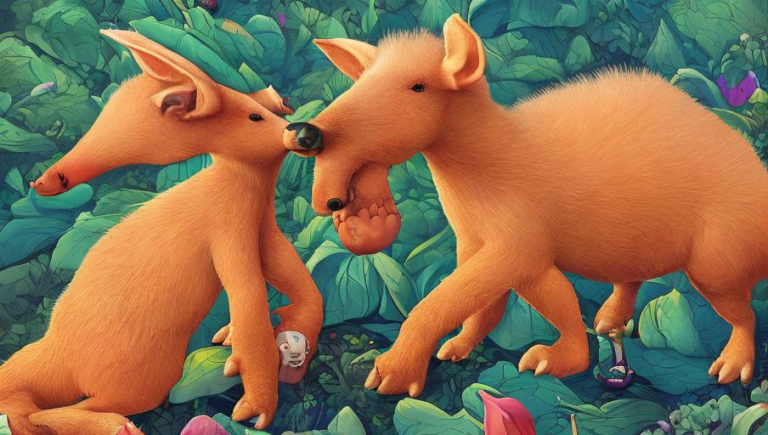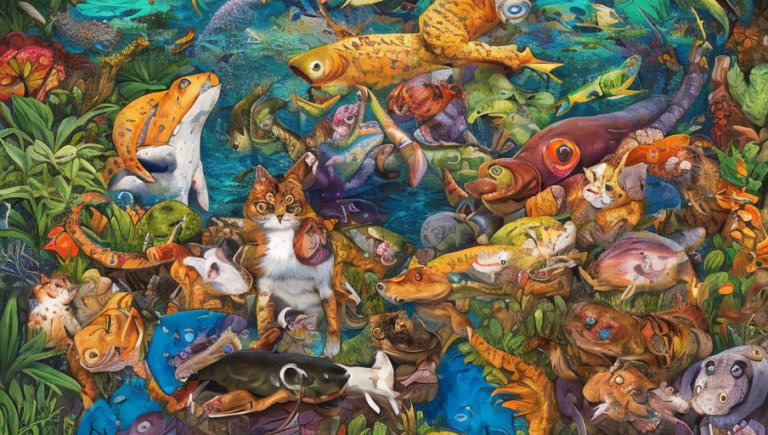Preserving Ape Culture

Introduction
Apes are some of the most complex creatures on the planet, their habitats spanning from the tropical forests of Africa to the jungles of Indonesia and Malaysia. They are highly social animals, often living in groups of up to 50 individuals. Apes can be found in various habitats, including rainforests, swamps, and savannas. Unfortunately, their habitats are increasingly being threatened by human activities and development, leading to a decrease in ape populations.
Apes as Cultural Icons
Apes have long been associated with human culture, playing an important role in literature, art, and film. They are seen as symbols of strength and intelligence, as well as being linked to spiritual beliefs. Apes are also seen as a source of entertainment, with some species being kept as pets.
Threats to Ape Populations
Humans are the biggest threat to ape populations, with the most dangerous activities being deforestation, hunting, and the illegal pet trade. Deforestation not only destroys the habitats of the apes, but also the food sources on which they depend. Hunting for bushmeat is also a threat to apes, as it reduces their populations and disrupts their social structures. Finally, the illegal pet trade is a major threat, as it leads to the capture of young apes from the wild, who are then sold as pets.
Conservation Efforts
In order to protect ape populations, there are a number of conservation efforts in place. These include protected areas, anti-poaching patrols, and education campaigns. Additionally, organizations such as the World Wide Fund for Nature (WWF) are working to protect ape habitats and increase public awareness of their plight. Finally, research is being carried out to increase our understanding of ape behavior, which can help inform conservation efforts.
Conclusion
Apes are an important part of our planet’s ecosystems and cultures, and their populations are increasingly threatened by human activities. However, by taking action to protect their habitats, educating the public about the importance of conservation, and carrying out research, we can help to ensure the survival of these fascinating creatures.
